Greenland ice melting in extra-warm Arctic season
Apologies for a lack of new posts over the last week. The ice blogger was offline “up north”, not quite in the Arctic, but on the Orkney isles, where pioneering companies are testing devices to turn the power of the sea into climate-friendly electricity. But more about that at a later stage.
The worrying news about Greenland and the Arctic has jumped to the top of the ice blog agenda. NASA images of the Greenland ice sheet have indicated that for a few days this month almost the entire surface of the “ice island” was melting. A giant iceberg also broke off the Petermann Glacier in Greenland.
This is part of an overall development in the Arctic, where the summer has been unusually warm. The US National Snow and Ice Data Center (NSIDC) says a large portion of the sea route between Western Europe and the Pacific has as little ice as it would normally have at the END of the summer melt.
This type of widespread surface melting is not unprecedented, according to the NSIDC.It might happen around every 150 years in Greenland. But the difference is that previous events of this sort happened around 7,000 years ago when the sun was tilted in such a way that it sent more sunshine to extreme northern latitudes. This time, there is no solar tilt to explain the melt.
Mark Serreze, director and senior research scientist at the NSIDC says Arctic sea ice is also at the extreme low end of the satellite record for this time on year and could be on track to equal the 2007 record, when the Arctic ice reached its smallest size in the satellite record. The sea ice is in a “sorry state”, he says, with holes appearing in satellite images much like a Swiss cheese. What next?
Greenpeace on the streets to save Arctic
Greenpeace have launched a “Save the Arctic” campaign to stop oil drilling in the Arctic.
Activists have been out on the streets around the globe today – including in Bonn! I dropped by to see what was going on and record some interviews for Living Planet, our radio magazine. It was great to see the Arctic featuring in Bad Godesberg centre on a sunny morning with the shoppers out and about. I talked to Ulrike and Lukas, two different generations, both out to tell people about the dangers of oil drilling in the pristine Arctic environment. Lukas is 20 and really into environment protection. Tune in this coming Thursday evening to hear Lukas and Ulrike talk about their work. They – and all the other Greenpeace volunteers out around the planet – are collecting signatures for a petition to protect the Arctic. The signatures will be put together into a sealed container and deposited near the North Pole – where the Russian submarine put a flag a few years ago.
The Arctic doesn’t belong to one country, is the message – we need to protect it for all of us. Good work guys, thanks for spending your free time doing this and I hope you got lots more attention at your stand!
More Arctic stories:
China’s Arctic Ambitions spark concern
Energy giants cooperate for Arctic resources
Scientists raise Greenland climate threat
Greenpeace helps scientists research Arctic ocean
Rio 20 years on – and where’s the climate now?
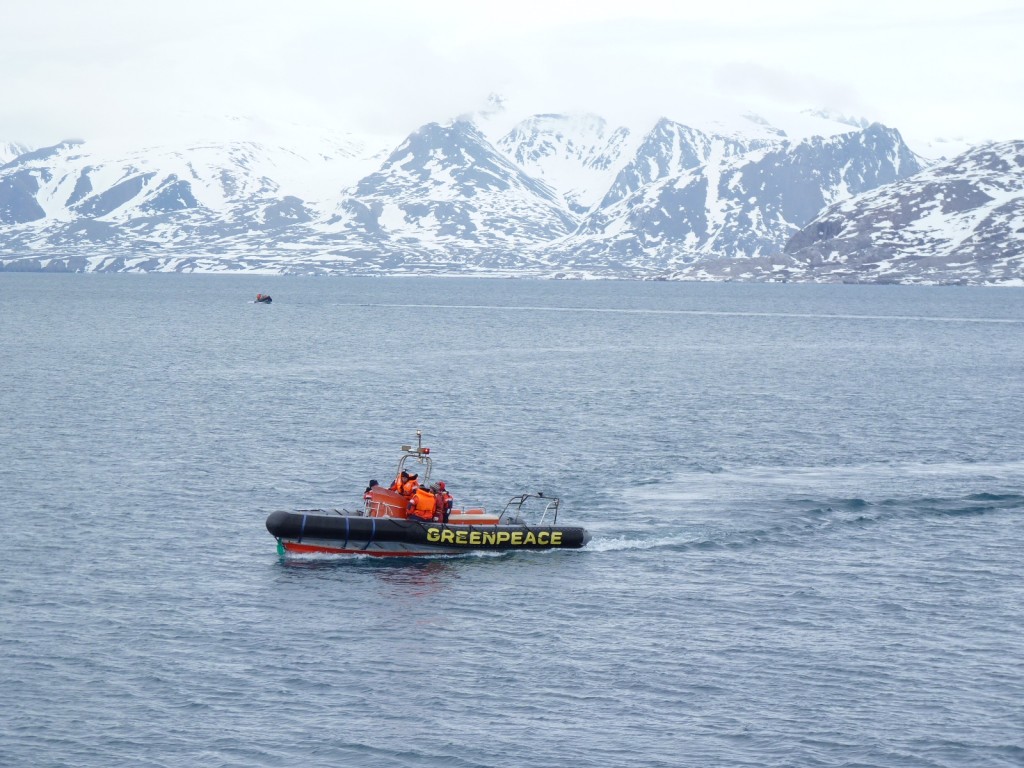
Greenpeace is regularly out and about in the Arctic, here off Spitzbergen. No wonder the activists are disappointed with Rio so far
I’ve just been working on an article on the record high CO2 concentration measured in Arctic Alaska in May. And it really brings it home to me that since the famous Earth summit in Rio in 1992 set the alarm bells ringing and the wheels in motion to tackle climate change – we have not really achieved very much. Now I am generally an optimistic person, but given that CO2 emissions were up again in 2011, the UN climate secretariat is still struggling to get countries on board for a Kyoto follow-up agreement, the USA still resists any binding targets and China and the other emerging countries are understandably unwilling to compromise their development to start solving a problem we industrialised countries caused – it is hard to work up enthusiasm for the Rio meeting. Copenhagen showed us all what can come of having expectations that are too high. Basically, the draft declaration from the meeting (sometimes I think it makes a bit of a farce of the huge meetings themselves that the draft has to be ready beforehand, but I understand the political and economic realities behind this) has already polarised response: on the one hand, the politicians who (have to?) say they would have liked more but we are lucky to get even this meagre document, on the other the ngos and activists who have expressed huge disappointment or even disgust. Let me give you a short quote from Kumi Naidoo’s blog, he’s executive director of Greenpeace International:
“The Future we Want is nowhere to be found in the already agreed Rio+20 outcome text, which world leaders are now rubber stamping and Greenwashing. The spin cycle has begun. At the same time some 20,000 people marched on the streets of Rio in protest with an air of despair but clinging to hope.”
Let’s keep hoping…
North East passage opening up early this summer?
The North-East passage, the sea route that goes along the northern coast of Russia, looks as if it will be free of ice at a very early stage this summer, according to scientists from Germany’s AWI, Alfred Wegener Institute for Polar and Marine Research. Towards the end of last winter, the scientists found large areas of the Laptev Sea covered by ice which was only a maximum of 50 cm thick. This, they say, is unlikely to last long once the summer sun comes out. Previous measurements in 2007/2008 had recorded ice thicknesses of up to a metre around the same place . Dr. Thomas Krumpen, the expedition leader, said the team has been surprised by the measurements, taken by a special ice-depth sensor dangled from a helicopter. Dr. Krumpen says the wind is probably responsible. When the wind is blowing from land out on to the sea, it forces the pack ice from the Laptev Sea northwards. This leaves open areas of water at the coast, which cool out fast and form thin ice. But the scientists were not previously aware that the areas could be this big. In some places they flew a good 400 kilometres over thin ice. The team want to use the measurements to calibrate satellite data.
More information on the AWI website, but I’m afraid the English version of this story doesn’t seem to be available yet.
Arctic CO2 hits alarming levels
Worrying news from scientists in the USA monitoring the global CO2 concentration. NOAA (The US National Oceanic and Atmospheric Administration) says for the first time ever, more than 400ppm (parts per million) have been measured in the atmosphere in the Arctic. This is a very worrying development. Jim Butler, who’s in charge of global monitoring at NOAA, says this should be a reminder to everybody that we are in deep trouble. CO2 concentration has been rising increasingly fast. 350 ppm is the figure many scientists say is the highest the earth can go without being in danger from drastic climate change.
So far, it’s only the Arctic – which is heating up around twice as fast as the rest of the planet – where the 400pm mark has been reached. The average is around 395ppm for the rest of the world. But the NOAA researchers – not known for exaggeration I’d say – say the 400 mark will be reached in just a few years.
Bearing in mind the lack of progress in international negotiations, with a report recently published indicating we’re heading for a 3.5 degree C rise in global temperature, way above the 2° target set by the international community, it’s hard to see how we are going to turn this around. And, as Professor Mojib Latif, one of the IPCC lead authors and a renowned meteorologist and climate expert, reminded me just last week, even those 2° would be a major challenge and unprecendented for the earth.



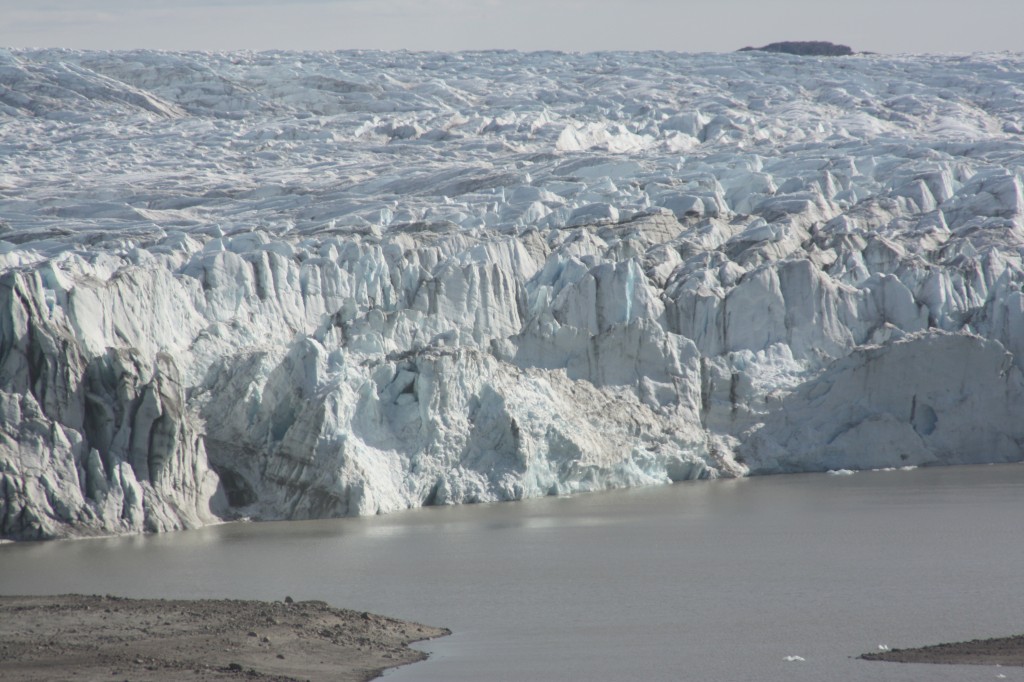

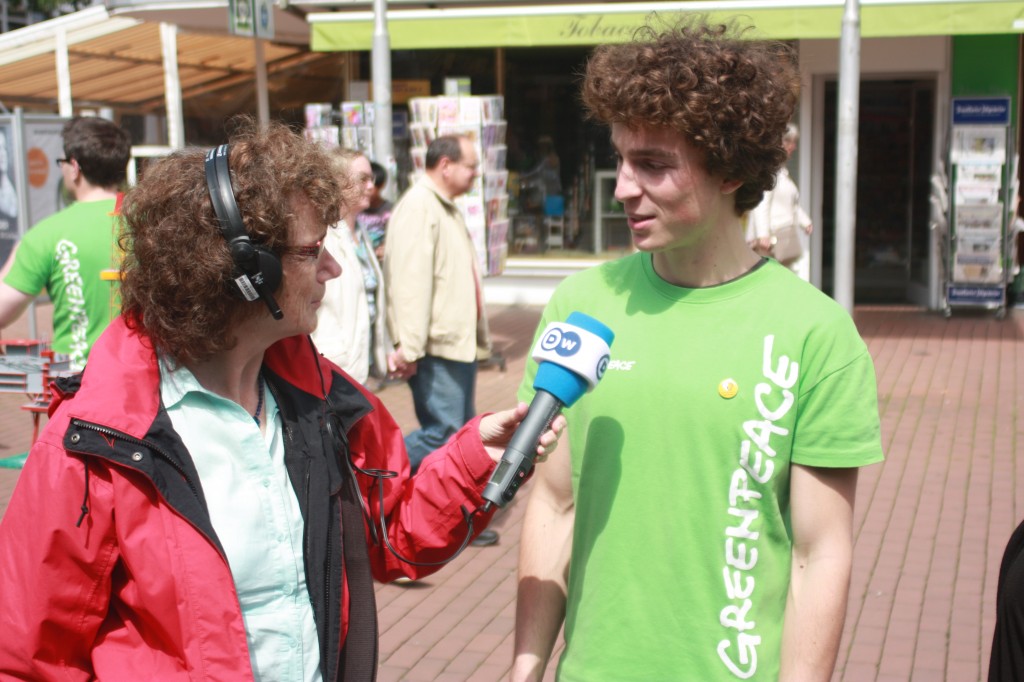
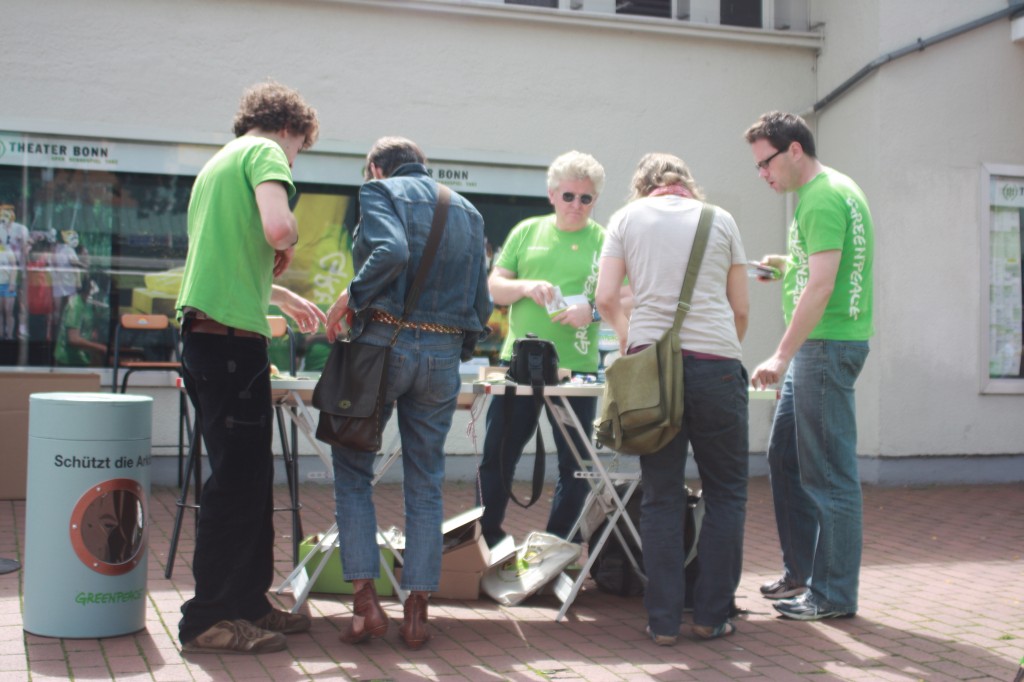
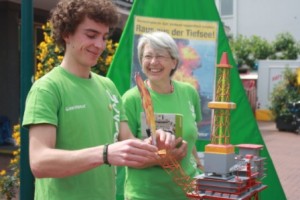
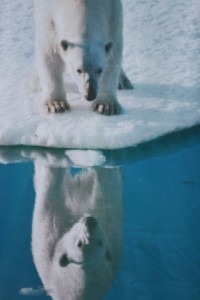
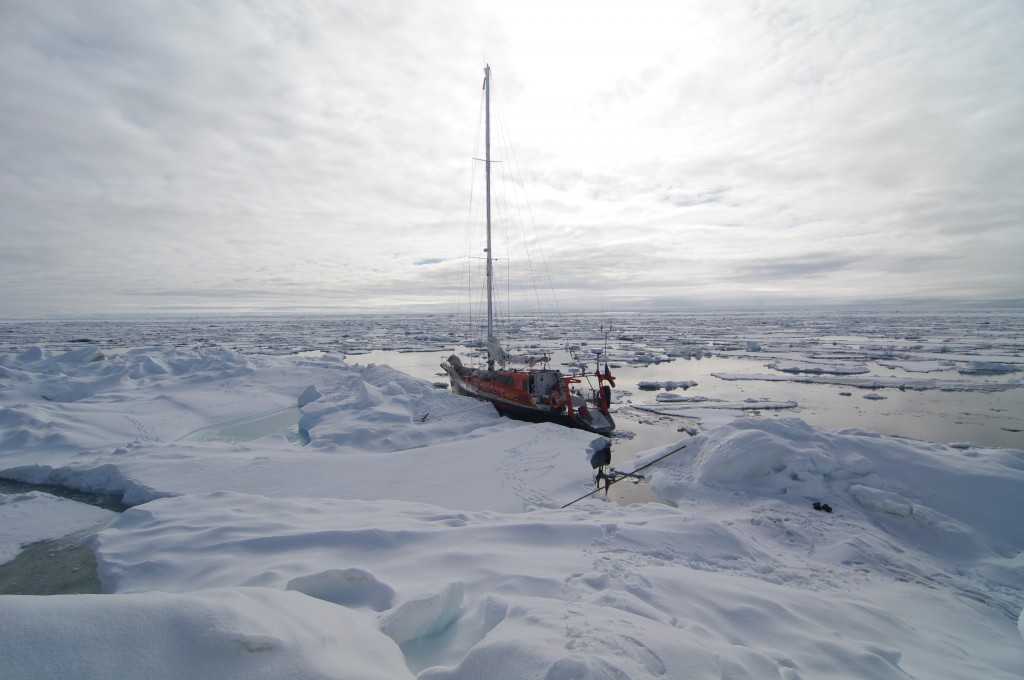
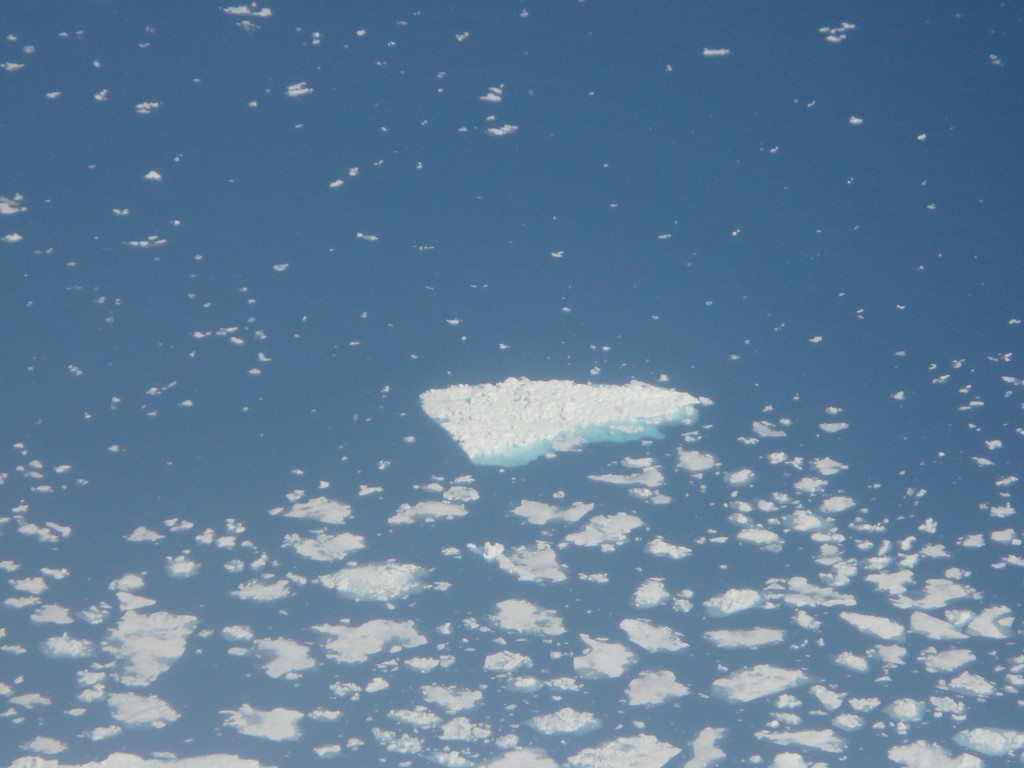
















Feedback